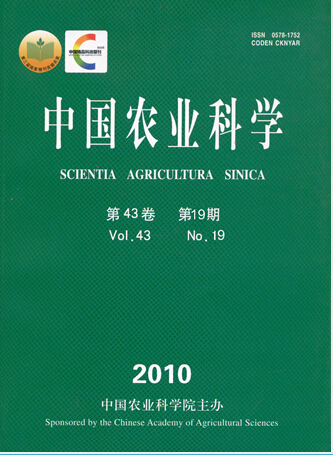【Objective】 The purpose of the research was to study the effect of fertilization on rice, wheat, rapeseed and cotton yields, and to investigate the fertilizer contribution rate (FCR) and agronomic efficiency (AE) in different crops at present conditions.【Method】 Field experiments of rice, wheat, rapeseed and cotton were, respectively, conducted at 251, 47, 62 and 26 sites in 21 counties of Hubei Province during 2006-2008. 【Result】 The results indicated that combined application of N, P and K(NPK) increased the yields of four crops significantly. The average yields of NPK treatment of rice, wheat, rapeseed and cotton were 7 697, 4 520, 2 597 and 4 220 kg?hm-2, which were 46.7%, 109.8%, 173.7%, and 68.6% higher than those of CK treatment, respectively. The FCR to rice, wheat, rapeseed and cotton yields were 29.6%, 48.6%, 56.2% and 38.0%, corresponding to 7.2, 7.7, 4.0 and 3.0 kg?kg-1 of AE, respectively. 【Conclusion】 The combination of N, P and K fertilizers significantly increased crop yields, and the responses of different crops to fertilizer were different. In addition, compared with the past, chemical fertilizer plays much more important role in agricultural production at present.









